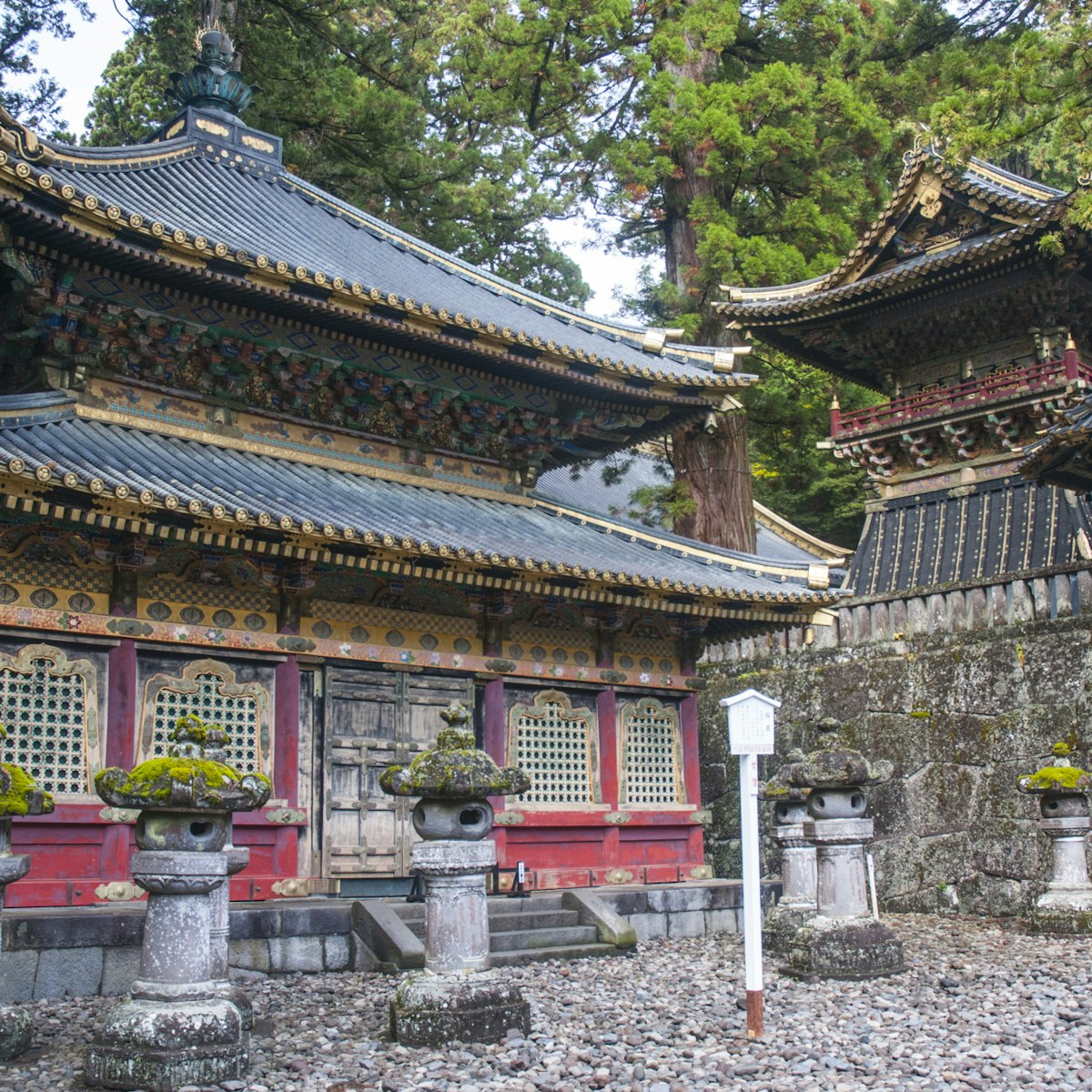This much-photographed red footbridge over the Daiya-gawa is located at the sacred spot where Sh¨d¨ Sh¨nin is said to have been carried across the Daiya-gawa on the backs of two giant serpents. It's a 1907 reconstruction; the 17th-century original was washed away by floods.
The entrance fee allows you to walk upon it but not cross it.


